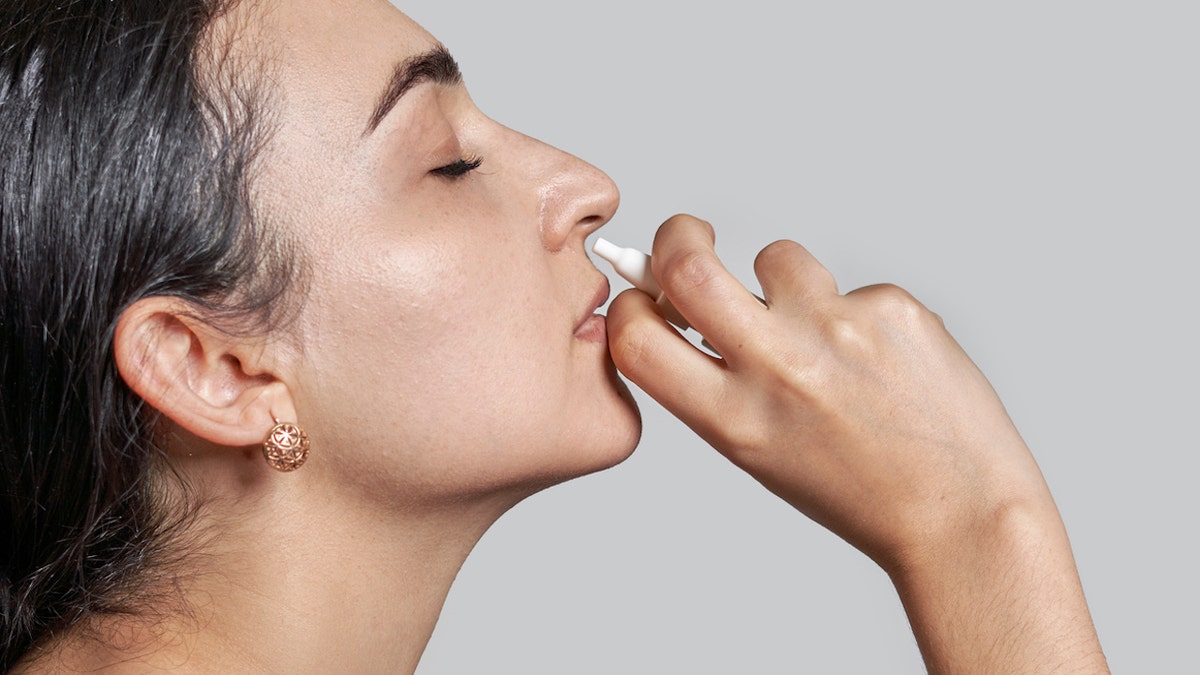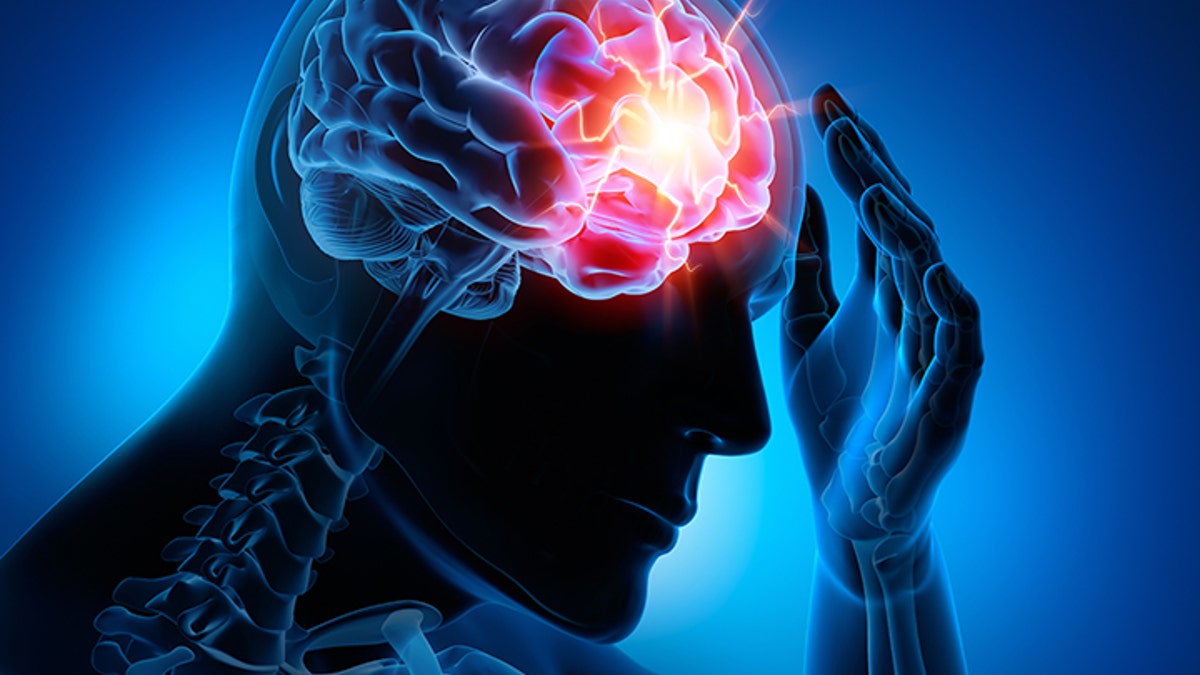Migraines are a severe neurological condition distinct from typical headaches, impacting millions and often disrupting daily life. Characterized by intense head pain, they frequently bring sensitivity to light and sound, nausea, and even vomiting. This informational guide delves into migraines, exploring their nature, treatment options, and strategies for effective management.

Millions of adults in the United States experience the debilitating effects of migraines, often finding it challenging to maintain regular activities during attacks. This highlights the significance of understanding and effectively addressing this neurological disorder.

Migraine experiences vary significantly, emphasizing the need for personalized treatment plans. There's no universal solution, and finding the right approach often involves exploring various strategies.
Effective Migraine Management
A comprehensive strategy is crucial for effective migraine management. This multifaceted approach typically incorporates lifestyle adjustments, preventive measures, and acute treatments.
Lifestyle changes can play a substantial role in migraine prevention. These often involve regular sleep patterns, adequate hydration, consistent protein intake, and frequent cardiovascular exercise.
For those experiencing frequent or severely debilitating migraines, preventive treatment becomes essential. These treatments aim to reduce both the frequency and intensity of attacks and may include vitamin supplements, prescribed medications, specialized medical devices, and complementary therapies like acupuncture and biofeedback.

Acute or "rescue" treatments are designed to provide immediate relief during migraine attacks. These medications are often most effective when taken early, before the nervous system becomes highly sensitized to pain. Options include triptans, gepants, and over-the-counter pain relievers.
Nasal sprays have emerged as an alternative delivery method for migraine medications. Bypassing the digestive system, they offer potentially faster relief and can be particularly beneficial for those experiencing nausea or vomiting during attacks.

Oral medications, while common, can take longer to provide relief due to the digestive process. Nasal sprays offer a potentially quicker route to therapeutic levels in the bloodstream.

Creating a Personalized Migraine Toolkit
Developing a personalized "migraine toolbox" can empower individuals to effectively manage their condition. This toolbox should encompass a range of resources, including abortive and rescue medications, preventive treatments, non-invasive medical devices, non-pharmaceutical approaches (like supplements and acupuncture), and over-the-counter aids such as ice packs and essential oils.

Being prepared with a comprehensive toolkit allows individuals to address migraines promptly and effectively, minimizing disruptions to their daily lives.
Comments(0)
Top Comments